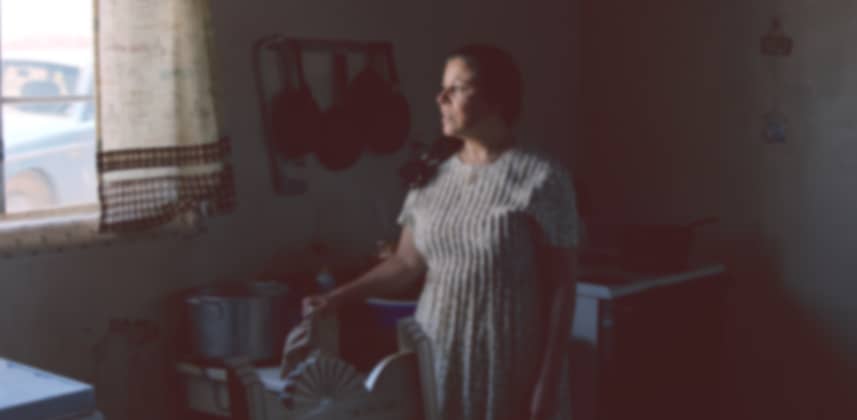| Series |
|---|
Can Bad Organisation Cost You Long Term?
In this Insight we take a look at some examples of Dan’s real-world grades, you’ll see how in the heat of the moment building complex node graphs can have a knock-on effect. When working in commercials with 5-10 people having an opinion on your grade planning ahead is essential.
Why Are Complex Node Graphs An Issue?
If you are grading for yourself with no time pressure then it’s not an issue!
If you are grading with a room full of people who’s opinion changes quicker than an Irish summer (In Ireland we joke that summer normally only lasts a weekend before it starts raining again) it can be a nightmare.
In this Insight, I’ll share some of my own bad node graphs that caused me difficulty and my solution for moving forward
The main issue I’ve run into is painting myself into a corner. I’ve found in the effort to please my director I have gone for very extreme looks but when the clients send the usual feedback of :
- It’s too dark make it brighter
- Can we make the product pop more?
- This seems very noisy. Can we please remove this noise?
- At 00:23 the actor’s face is slightly too dark for 3 frames. Can we lift this?
- I’m sure you all get the picture at this stage!
Let’s jump over to my video insight for some examples and my thoughts for moving forward.
If you’ve got any questions, be sure to leave a comment!
-Dan
Member Content
Sorry... the rest of this content is for members only. You'll need to login or Join Now to continue (we hope you do!).
Need more information about our memberships? Click to learn more.
Membership optionsMember Login



